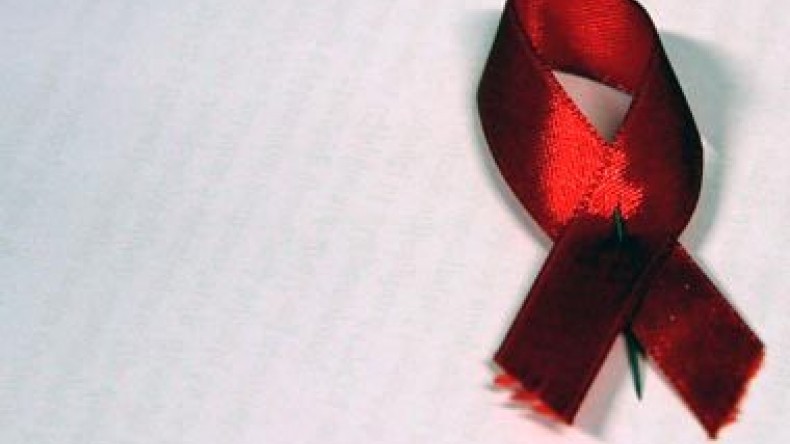
Today is World AIDS Day
World AIDS Day, observed on 1 December every year, is dedicated to raising awareness of the AIDS pandemic caused by the spread of HIV infection. Government and health officials observe the day, often with speeches or forums on the AIDS topics. Since 1995, the President of the United States has made an official proclamation on World AIDS Day. Governments of other nations have followed suit and issued similar announcements.
World AIDS Day was first conceived in August 1987 by James W. Bunn and Thomas Netter, two public information officers for the Global Programme on AIDS at the World Health Organization in Geneva, Switzerland. Bunn and Netter took their idea to Dr. Jonathan Mann, Director of the Global Programme on AIDS (now known as UNAIDS). Dr. Mann liked the concept, approved it, and agreed with the recommendation that the first observance of World AIDS Day should be 1 December 1988.
AIDS stands for acquired immunodeficiency syndrome. It is a disease in which the body’s immune system breaks down and is unable to fight off infections, known as "opportunistic infections," and other illnesses that take advantage of a weakened immune system.
When a person is infected with HIV, the virus enters the body and lives and multiplies primarily in the white blood cells. These are immune cells that normally protect us from disease. The hallmark of HIV infection is the progressive loss of a specific type of immune cell called T-helper, or CD4, cells. As the virus grows, it damages or kills these and other cells, weakening the immune system and leaving the person vulnerable to various opportunistic infections and other illnesses ranging from pneumonia to cancer.
To date around 65 million people have been infected with HIV and AIDS has killed more than 25 million people since it was first recognized in 1981. At around 17.3 million, women make up almost half of the total number of people living with the virus. Sub-Saharan remains the most affected region in the world. Two-thirds of all people living with HIV, 24.5 million, are in sub-Saharan Africa.
Newsfeed
Videos






























